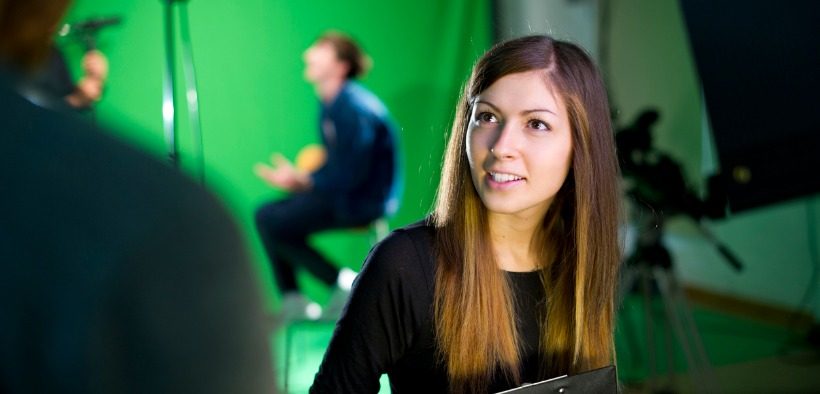Long before the written word, humans relied on stories to entertain, instruct, and preserve cultural traditions. Storytelling is a fundamental way that humans communicate, and yet it is often left out of the college classroom. Rather than telling students stories about how something works or why it matters, too often faculty simply present them with PowerPoints that list what facts they need to remember and when that should occur.
An Engagement Epidemic: Designing an Immersive, Media-Rich Course

- Tags: active learning, student engagement, video
Related Articles
I have two loves: teaching and learning. Although I love them for different reasons, I’ve been passionate about...
Active learning is a mostly meaningless educational buzzword. It’s a feel-good, intuitively popular term that indicates concern for...
Perhaps the earliest introduction a student has with a course is the syllabus as it’s generally the first...
Generative AI allows instructors to create interactive, self-directed review activities for their courses. The beauty of these activities...
I’ve often felt that a teacher’s life is suspended, Janus-like, between past experiences and future hopes; it’s only...
I teach first-year writing at a small liberal arts college, and on the first day of class, I...
Proponents of rubrics champion them as a means of ensuring consistency in grading, not only between students within...








